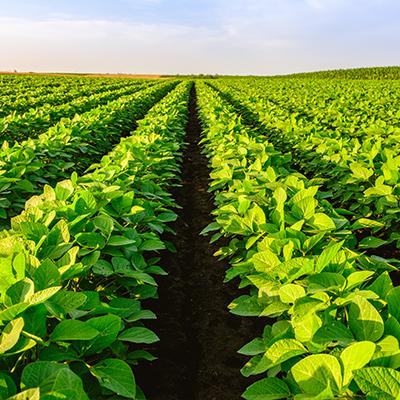Brazil, wielding decisive influence in the global grain sphere, has witnessed another upswing in its soybean and corn crop projections. Recent estimates from CONAB—Brazil’s National Supply Company—underscore an environment of unexpected resilience, where yields leap ahead despite earlier apprehensions about weather volatility. With each revision, the numbers sketch not just a robust harvest but also the evolving symbiosis between agricultural technique and climatic variability.
If one peered into Brazil’s soybean affairs six months ago, muted optimism threaded through most pronouncements. Weather uncertainties loomed. However, improved precipitation distributions and adaptive farm management ushered in higher yield realities than anticipated. The latest CONAB figures fix Brazil’s 2024/25 marketing year soybean production at 167.9 million metric tons—a remarkable figure climbing 0.3% above March levels and now standing nearly 13.6% over last season. Curiously enough, while USDA calculations place output a tad higher (169 million metric tons), both agencies highlight this year as historic for area harvested as well as average yield per hectare.
There is something captivating about record statistics: beyond surface value they hint at structure shifts within an ecosystem as sprawling as Brazil’s Central-West region—the very heartland of its oilseed surge. For soybeans here, yields for MY 2024/25 are currently pegged to be the second highest ever observed—a subtle validation for those investing heavily in seed technology and soil health amendments across Mato Grosso fields.
Export destinations serve as another telling barometer of these bumper crops’ consequences. Projections now eye soybean exports at approximately 105.858 million tons—an increase exceeding seven million compared with last marketing year’s dispatches abroad. Amid such volumes arises an interesting inverse: corn export forecasts have fallen by some four and a half million tons to a still formidable tally of 34 million—down due largely to U.S competition resurfacing on pivotal Asian feed markets like Vietnam or South Korea.
Within grains circles it was rumored that first-crop maize might provide compensatory margin; unexpectedly though (given early optimism), CONAB cut this tranche by roughly 1.6%, citing patchy rains during seminal reproductive phases. On the other hand—contrary-wise—the second “safrinha” crop projection was lifted by nearly two-and-a-half percent to reach about 98 million tons; that brings aggregate corn production up to nearly 124.7 million tons for the season overall.
Such statistics may seem firmly anchored at first glance but reveal flux upon closer look: harvested maize area did rise four percent from last year (to around 22.3M hectares) yet yield dynamics proved themselves mercurial in practice. Ironically—or probably predictably?—the historical five-year average is decisively surpassed both for area planted and actual field yields achieved this cycle.
One crucial aspect threading through expert conversations lies in how planting timings interlace with rainfall onset after Brazil’s mandatory sanitary fallow periods—a regulatory artifact crafted equally out of agronomic necessity and pest management concerns. This intersection ensures geographical variation persists: southern farmers were quicker off the mark while center-west growers gambled successfully on late-maturing varieties tethered tightly to rainfall patterns shifting with El Niño murmurings upstream.
Amid mounting metrics favoring oilseeds over feed grains regionally (for reasons ranging from exchange rate swings to shifting Chinese demand curves), experts sometimes allude candidly that perhaps wheat might step forward too—but no, recent prognoses trimmed domestic wheat expectations instead even as cotton prospects glimmer brighter on trade analysts’ dashboards these weeks past.
It warrants mentioning that occasional logical dissonance colors discussions too—for instance suggesting both tighter international demand restraint yet boisterous local acreage expansion almost simultaneously within different product lines.
On another front not all data run parallel courses; private analysis institutes such as AgResource recently nudged their own total corn forecast downwards owing reportedly sluggish plantings during portions of February safra windows — though paradoxically incrementing their concurrent estimate for soybeans slightly above governmental tallies.
Where does this leave those whose fortunes ride upon Brazilian fields’ capricious moods? Perhaps grappling with paradox remains part strategy itself—in which anticipation blends irretrievably with reversal or reconsideration somewhere near mid-season forecasts’ midpoint.
For growers tracking profit margins or multinationals mapping commodity flows from Paranaguá port outward toward Shanghai silos or German crushers along Rhine tributaries, these report cycles paint possibility flavored faintly by contradiction—and underwritten always by improvisation rather than algorithm alone.
As export calendars spin toward their crescendo later this summer—with harvesters rumbling amidst undulant Cerrado plains—it is worth wondering whether further tweaks upward will emerge before final assessments are published on May fifteenth next round forthwith; weather events remain fickle companions even during surplus years like this one appears determined thus far to become.









